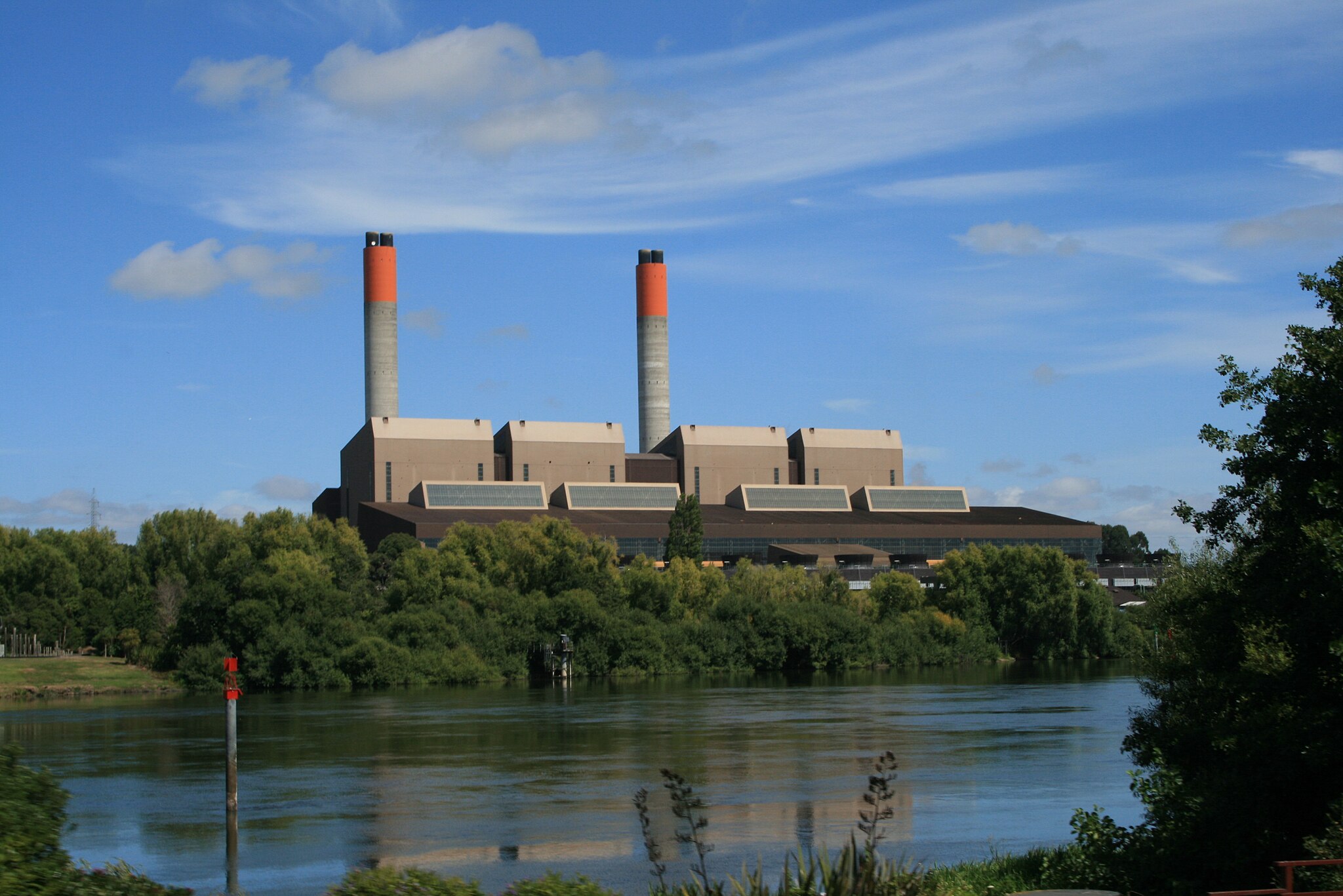NZ’s four major electricity generators are establishing a “strategic energy reserve” – a ten-year stockpile of fuel.
The government says this will improve energy security and result in lower power prices, particularly during high winter electricity demand and when renewable generation is low.
The Science Media Centre asked experts to comment.
Prof. Ralph Sims, Professor Emeritus, Sustainable Energy and Climate Mitigation, Massey University, comments:
“Having a fuel stockpile is a good concept in principle – though it will no doubt be coal that is stored as it is easier and cheaper to store than gas.
“What is forgotten is storing energy in the form of biomass – wood chips for example, obtained from slash extracted as a co-product when the logs are harvested from a forest..
“Biomass is a low-carbon fuel having been used prolifically and cost-effectively in Sweden, Finland, Austria, UK etc. for decades. It is used for heat and power generation in medium-scale power stations with generation capacity typically from 100 – 400MW. This is equivalent to a typical wind-farm but dispatchable – i.e. not variable like wind and solar systems.”
No conflicts of interest.
Professor (Ahorangi) Nirmal Nair, Waipapa Taumata Rau – University of Auckland, comments:
“Wholesale Electricity Capacity Markets are tools used in countries like the US to ensure enough electricity is available for future demand, at the lowest achievable price for consumers. The goal is to balance reliability with cost by having market participants compete. New Zealand does not have a capacity market in its current operational structure.
“The recurring wholesale price hikes during our winter months (almost regularly in the past several years), associated with dry-year risks and low hydro lakes, are resulting in trust issues amongst participants and general consumers and government policy makers.
“During these energy scarcity years, imported coal from overseas has helped provide support, keeping the lights on using recently-introduced Market Security Options. This appears to be less flexible due to one gentailer being required to procure this resource, due to its long experience of operating coal-operated plants (primarily Huntly power generation).
“Since NZ does not have a capacity market and the Minister for Energy and the Minister for Resources have initiated a review of the performance of electricity markets in early 2025, which is still being awaited, we do not have any avenue to ensure that lights don’t go out in the immediate coming years.
“This current initiative is a stop-gap arrangement to ensure an “energy capacity insurance”, particularly during dry-year risks, through a mechanism that is agreed upon by the existing gentailers.
“Is this new, or a new wine in an old bottle? Newsflash from 16th April 2004: “The Government’s Whirinaki power plant in Hawke’s Bay is nearly complete, Energy Minister Pete Hodgson said today. The new 155 megawatt plant at Whirinaki, Hawke’s Bay, will provide reserve generation for use during dry periods when hydro lake inflows are abnormally low. It will also provide back-up in case of a major generation or transmission breakdown.”
“This was then operating under a structure called the Electricity Commission and the government had the responsibility to indicate when to trigger this.
“During the government review of the markets in 2009, the Electricity Authority with statutory powers was established when this arrangement was decommissioned.
“It is back to square one now after 21 years, and it is prudent to have a 10-year future contract when the competition for energy resources is flaring up, and to help ensure we have the electricity supply going for at least the next 10 years (up to 150 MW each year) of coal resources.
“The rules of how this will be triggered will be interesting. I hope it does not decelerate the ongoing renewable energy resources project from coming online, by scaring off investors who would like their returns in the coming 10 years. Else we will both lose on the decarbonization targets, and not achieve electricity security or affordable energy.”
Conflict of interest statement: “No conflicts of interest. Electricity Transmission-Distribution is a regulated industry so commenting on this adds value to future public investment decisions. Current funding comes from Future Architecture of the Network, MBIE SSIF; QuakeCore (Te Hiranga Rū – NZ Centre of Earthquake Resilience – TEC Funded CoRE) and Te Pūnaha Matatini – Complexity at our Heart (TEC Funded-CoRE). Have made independent submissions on electricity infrastructure and markets in the past.”
